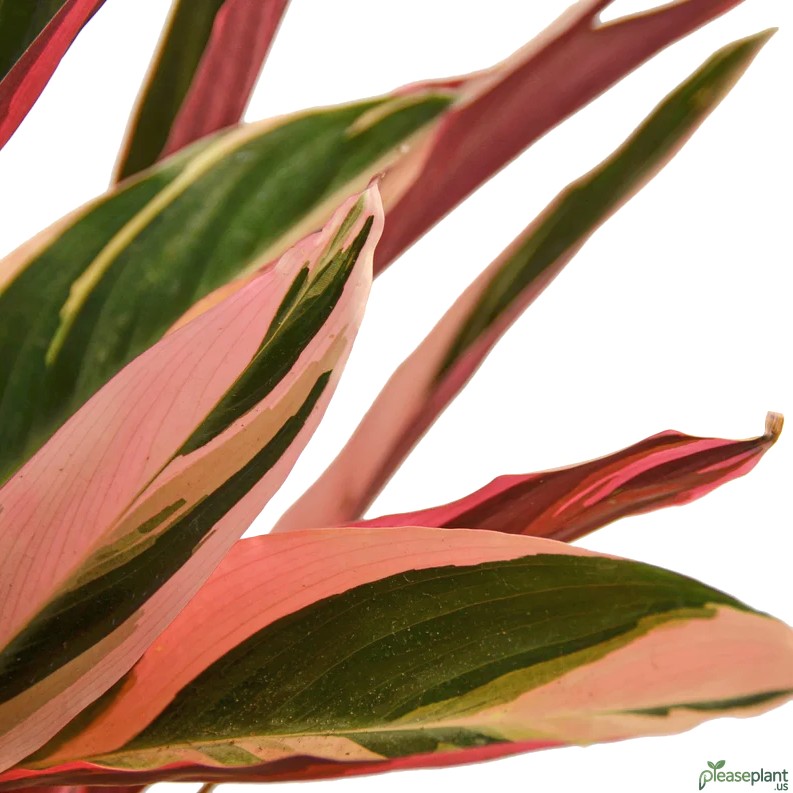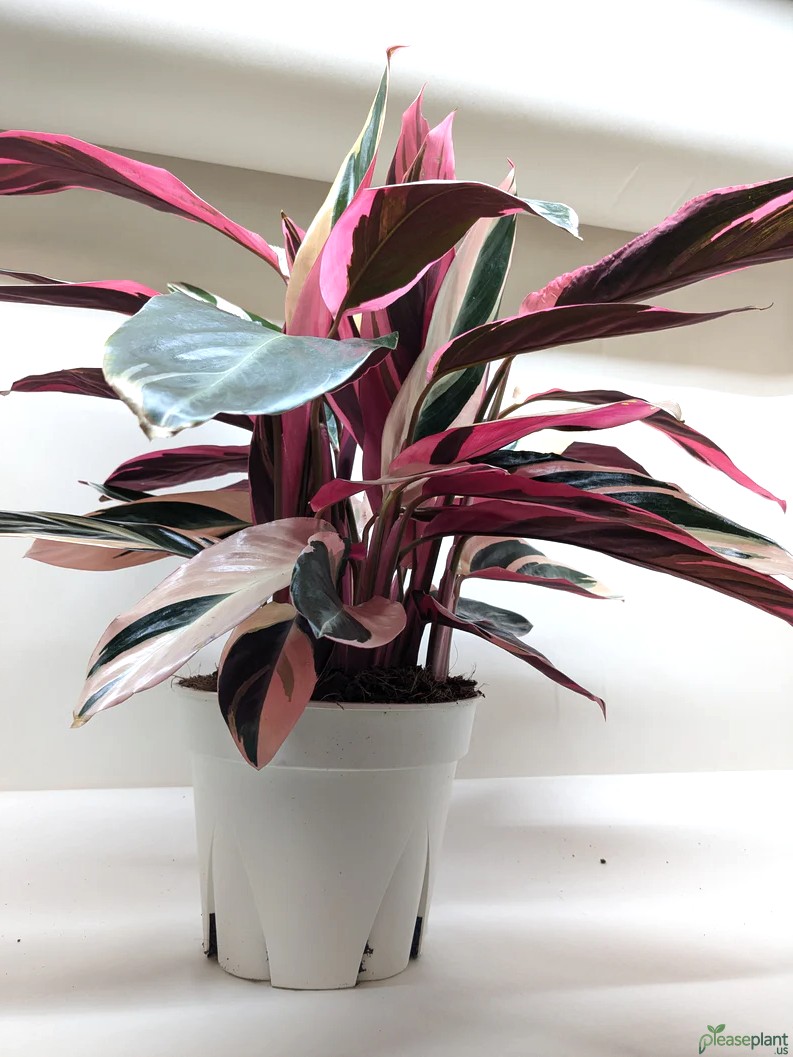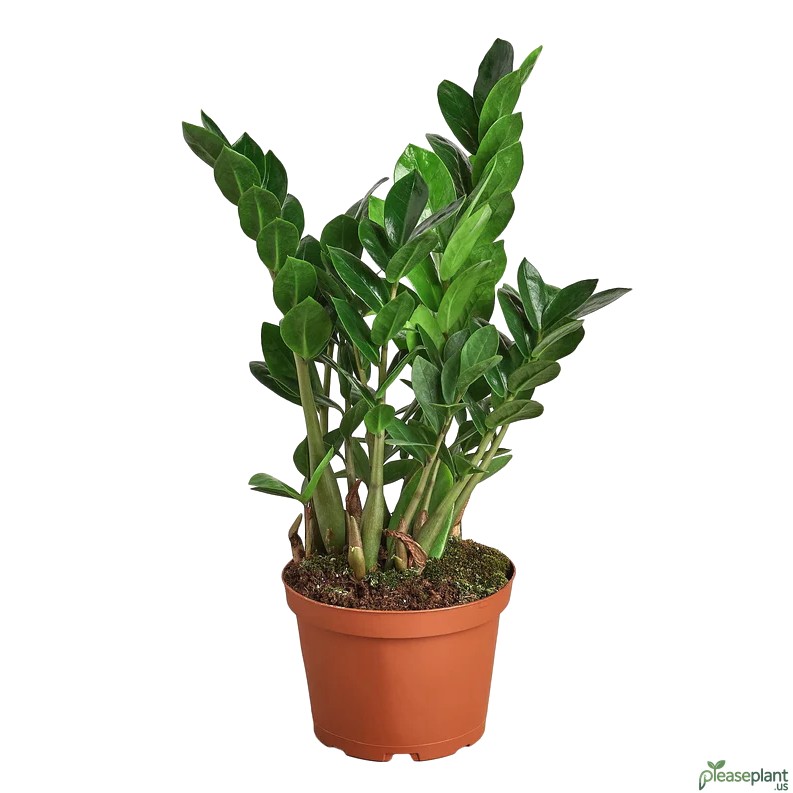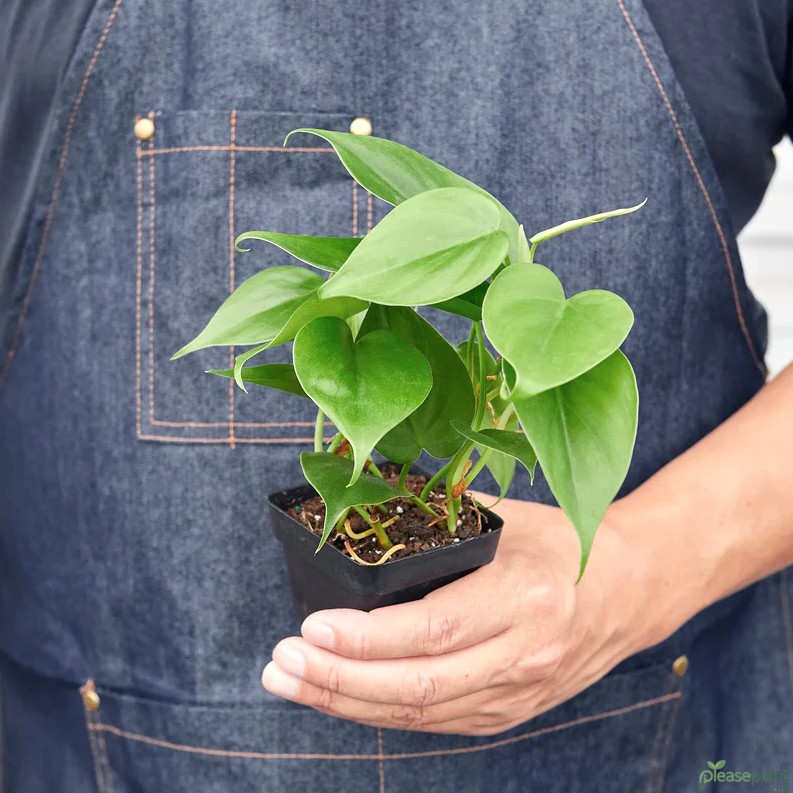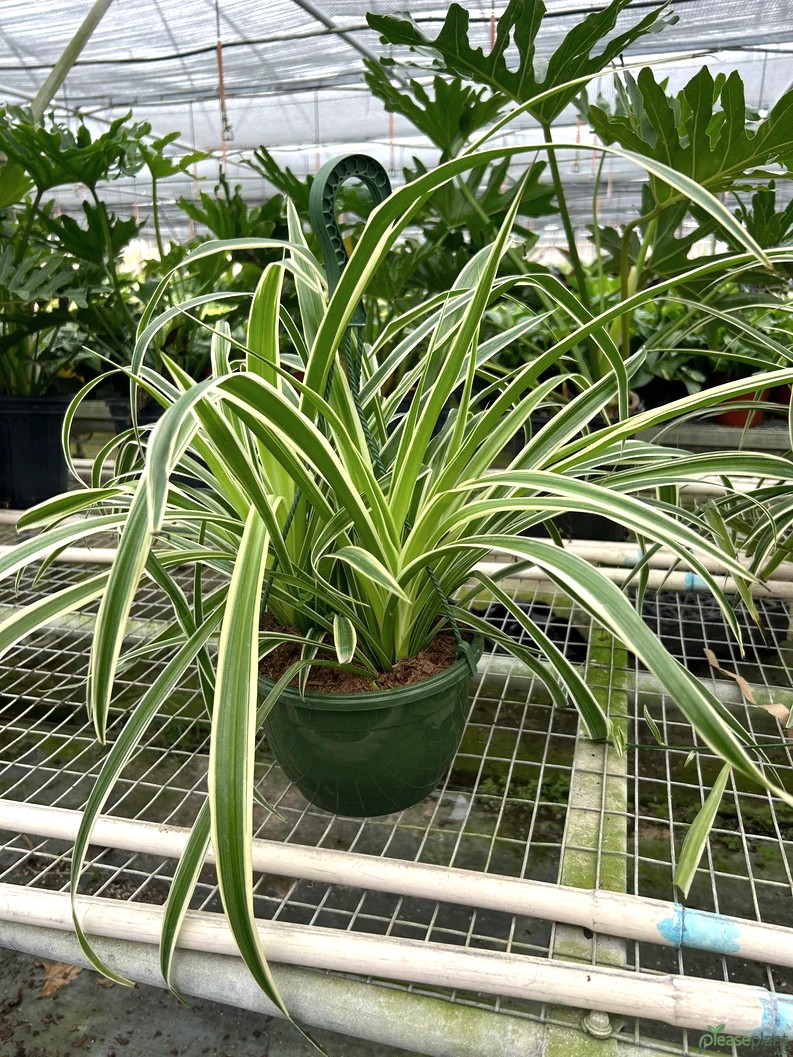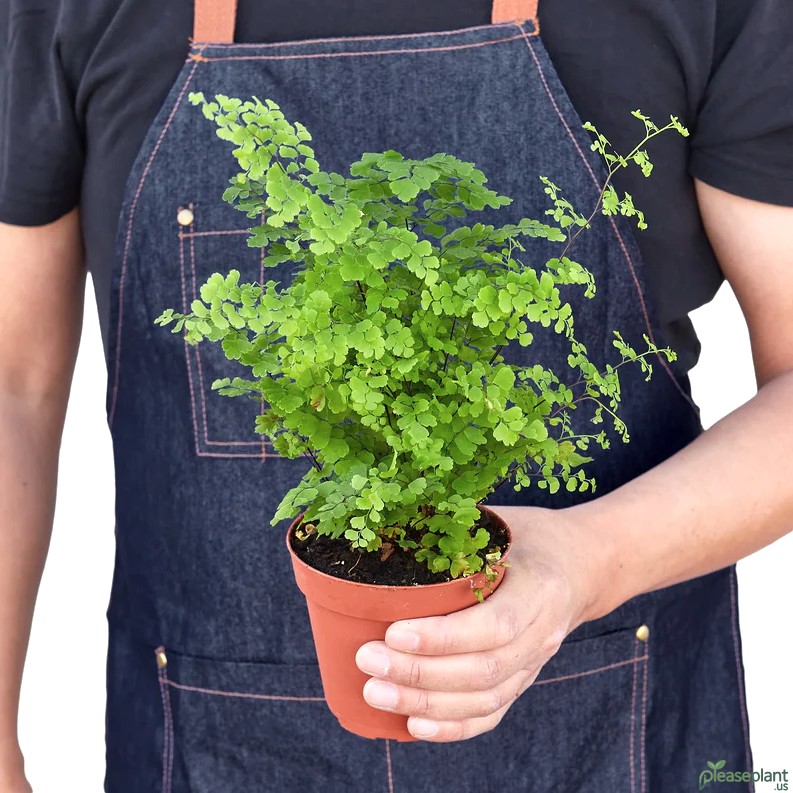If you’ve noticed your beloved Stromanthe Triostar leaves browning and wondering why, you’re not alone. This stunning plant with its vibrant foliage can be a bit fussy sometimes. Browning leaves usually signal environmental stresses like too much sun, inconsistent watering, or low humidity. But don’t worry, fixing it is easier than you think. From adjusting light exposure to proper watering routines, these tips will help bring your plant back to life with its dazzling colors intact.
Let Me Tell You About My Stromanthe Triostar Saga
Ok, so I bought this beautiful Stromanthe Triostar plant because, let's face it, who doesn't want their home filled with those stunning pink and green leaves? But soon enough, I noticed the edges of the leaves turning brown and crispy, kinda like they’d been left out in the sun too long at a BBQ party. Frustrating as heck, right? But before you throw in the towel and think the plant’s doomed, let's dive into why this happens and how to fix it.
Why Are My Stromanthe Triostar Leaves Browning?
First off, browning on a Stromanthe usually means something's off with its environment. These plants are tropical divas—they crave steady humidity and indirect light. Blast them with harsh sunlight and the leaves react by browning. Too dry air? Same story. Even watering mishaps can cause those crispy tips. Overwatering drowns the roots while underwatering leaves them thirsty, both leading to stressed leaves.
Easy Fixes To Stop The Browning Madness
- Light Check: Move your Stromanthe away from direct sunlight. Bright, indirect light is its jam. Near an east-facing window is perfect, or filtered through a sheer curtain.
- Water Wisely: Keep the soil evenly moist but not soggy. I like to water when the top inch feels dry, no more no less. Remember, these plants don't like soggy feet!
- Boost Humidity: If your home’s air is dry, especially in winter, get a humidifier or place a tray with pebbles and water beneath the pot. Misting can help but don't overdo it, or you risk fungal issues.
- Trim The Bad: Snip off those crispy brown edges with clean scissors. It doesn’t fix the root problem but keeps your plant looking fresh.
A Few Tips From My Own Experience
I once thought blasting my Stromanthe with my fancy grow light was a genius move. Spoiler alert: it wasn’t. The leaves freaked out big time. After moving it to gentler light and upping humidity, the plant bounced back like a champ.
Also, don’t underestimate the power of a good potting mix. I switched to a well-draining mix with peat and perlite and my plant thanked me by growing like crazy.
The Bottom Line On Stromanthe Care
This plant isn’t the ultra-easy type, but with a bit of patience and attention, it's one of the most rewarding. Browning leaves? Usually a sign you can fix with some tweaks. Keep it cozy, humid, and shaded from harsh sun, and your Stromanthe Triostar will keep dazzling like a pro.
So yeah, next time you spot those brown edges, don’t panic. Just think, “What’s my plant trying to tell me?” and adjust accordingly. Happy planting!

